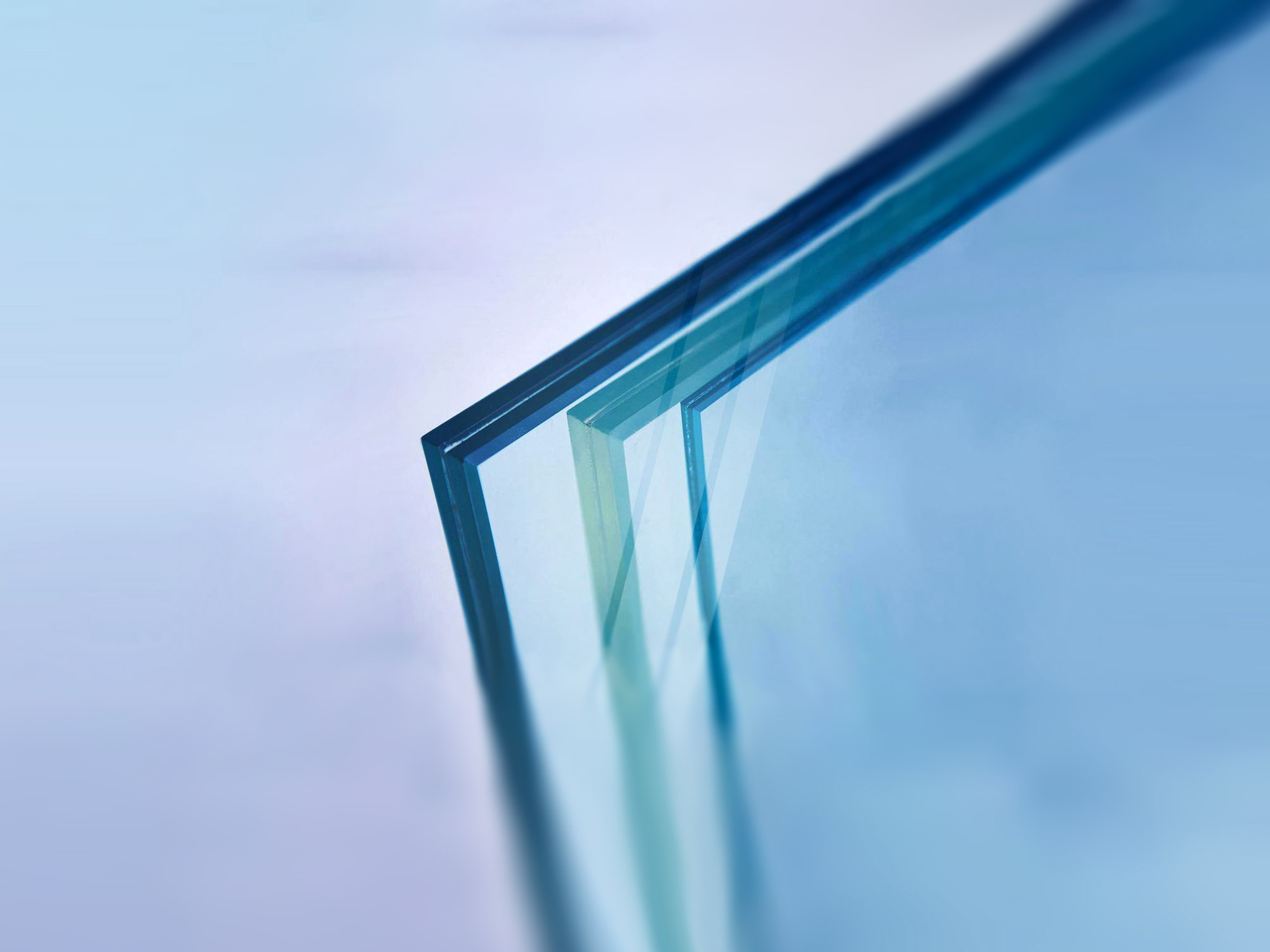

What is Reflective Glass?
Reflective glass is a type of glass that has a reflective coating applied to its surface, allowing it to reflect light while still allowing some visibility through it. It is commonly used in a variety of architectural applications, as well as in other areas such as automotive and interior design. The reflective properties of this glass not only enhance aesthetic appeal but also serve practical purposes, such as improving energy efficiency and maintaining privacy.
Composition and Manufacturing
The reflective properties of glass are typically achieved through a process known as sputtering, where a thin layer of metal or metallic oxide is deposited onto the glass surface. Common materials used in this process include silver, aluminum, and chrome. This reflective coating can be adjusted in thickness to achieve the desired level of reflectivity, thereby creating different effects based on the application.
In addition to sputtering, other methods such as chemical vapor deposition (CVD) and sol-gel processes can also be employed to create reflective coatings. Each method has its advantages and disadvantages regarding cost, durability, and performance. The choice of coating method often depends on the specific requirements of the project and the conditions the glass will be exposed to.
Benefits of Reflective Glass
One of the primary advantages of reflective glass is its ability to control solar heat gain. By reflecting a significant amount of sunlight, reflective glass can reduce the amount of heat that enters a building, leading to less reliance on air conditioning systems. This can result in considerable energy savings and a smaller carbon footprint for buildings, contributing to sustainable design principles.
Reflective glass also contributes to the comfort of the occupants inside. By controlling glare from direct sunlight, buildings can maintain a pleasant indoor environment, reducing eye strain and enhancing productivity, especially in office settings.
Another key benefit is the enhanced privacy that reflective glass offers. During the day, the reflective surface makes it difficult for onlookers to see inside, which can be particularly advantageous for commercial buildings, residential homes, and any spaces where privacy is a concern. However, it is worth noting that this privacy feature diminishes at night when interior lights are on, as the reflection is reduced and visibility is increased.

Aesthetic Appeal
In addition to its functional benefits, reflective glass is also prized for its aesthetic qualities. It offers a sleek and modern look, often making buildings appear more sophisticated and stylish. The reflective surface can change based on the time of day and surrounding environment, creating a dynamic appearance. This can enhance the visual impact of both commercial and residential properties, making them stand out in urban landscapes.
Reflective glass also allows for creative architectural designs. Architects and designers can play with light, shadow, and reflections to create unique facades or interior spaces. This versatility enables a wide range of applications in modern architecture, allowing for innovative and eye-catching designs that may not be possible with other materials.
Applications
Reflective glass is commonly used in skyscrapers and commercial buildings where large windows can be incorporated into the design. By minimizing solar heat gain, the glass helps to maintain a comfortable interior climate, even in sun-drenched environments. Similarly, reflective glass is increasingly being used in residential windows, patio doors, and balconies, enhancing energy efficiency and aesthetic appeal.
In addition to architecture, reflective glass finds applications in the automotive sector. Car windows often feature a reflective coating that can help reduce glare from the sun while maintaining visibility for drivers and passengers.
Conclusion
In summary, reflective glass represents a fusion of technology, aesthetics, and practicality. Its ability to reflect light while allowing visibility makes it an invaluable material for modern architecture and design. As energy efficiency and sustainable building practices gain importance, reflective glass offers solutions that meet these demands while enhancing the visual appeal of the spaces it inhabits. Whether in skyscrapers, homes, or vehicles, reflective glass continues to play a vital role in contemporary design, making it a material of choice for many architects and builders.